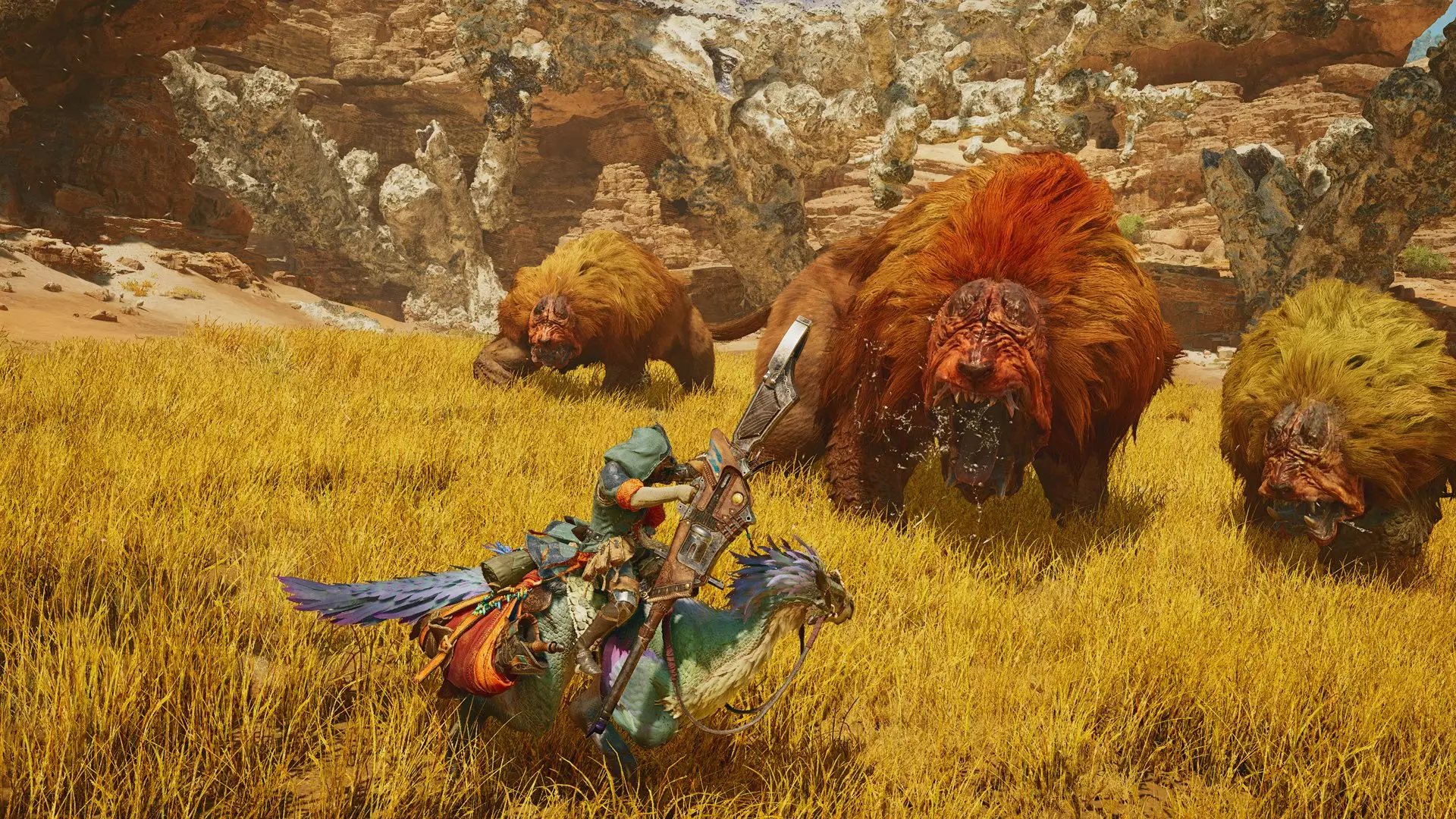Monster Hunter Wilds represents a significant advance in the beloved Monster Hunter franchise, boldly pushing the boundaries of what we expect from an action RPG. Following the monumental success of Monster Hunter World, the creators at Capcom aimed to deliver something that not only capitalizes on that momentum but also expands the franchise in novel directions. While World introduced a more accessible gameplay format, Wilds seeks to enhance this accessibility with deeper mechanics and more dynamic environments, greatly amplifying the immersive experience for players.
One of the standout features of Monster Hunter Wilds is its dynamically shifting environments. The game designers recognized that static settings could limit gameplay depth and enjoyment. To counter this, each area in Wilds will consist of three climate types: Fallow, Inclemency, and Plenty. These variants are not mere cosmetics; they actively influence both the gameplay and the hunting strategies players must adopt. For instance, a dry climate might necessitate different hunting methods compared to a lush, abundant one. This layer of complexity enhances the game’s immersion, as players must adapt their approaches based on the current environmental conditions—a shift that echoes real-world hunting scenarios.
Producer Ryozo Tsujimoto emphasized the intention behind this design: “We placed the focus on the ever-changing climate of the natural world.” His vision of incorporating real-world dynamics into gameplay is not just a gimmick; it reflects a conscientious effort to create a gaming experience that feels both fresh and grounded in reality. Incorporating changing weather patterns into gameplay mechanics piques excitement and invites players to eagerly anticipate new challenges.
An interesting aspect of Monster Hunter Wilds’ development is how it has been shaped by external challenges, particularly the global pandemic. Traditionally, research for the series would involve field studies, where developers would travel to various environments in search of inspiration. However, with these opportunities curtailed, the team turned inward. Rethinking their research methods allowed the team to explore what could be simulated rather than experienced firsthand.
Tsujimoto noted, “What we did was that at that early stage…we thought through, ‘What are the different kinds of conditions?’” This introspective approach resulted in a thorough examination of various climatic impacts on hunting strategies and monster behavior. Players can expect a rich tapestry of gameplay experiences, even if the traditional avenues of research were unavailable.
The team’s commitment to realism doesn’t stop there; it extends into the biodiversity of the worlds they are creating. By delving deeper into the behavior and adaptations of actual animals, they ensure that even the most fantastical monsters feel like they belong authentically in their environment—a trait that has always been central to the Monster Hunter identity. Tsujimoto noted, “We don’t just look at animals. We look at how those animals live and adapt.” Such meticulous consideration adds significant layers of depth to the beasts players will encounter, which in turn propels the overall gaming experience.
Thanks to advancements in technology, the developers feel emboldened to implement elements that may have previously seemed unattainable. Tsujimoto expressed an excitement that stems from this newfound freedom, recognizing that technological progress translates into more intricate gameplay mechanics and a richer lore. The absence of limitations allows for a more vibrant and expansive gaming universe, empowering players to engage with the world in ways that feel both genuine and rewarding.
As the development team gears up for the release of Monster Hunter Wilds, they are keenly aware of the desires of the player community and how they will respond to the new systems in play. Adaptability remains a core tenet, and hearing feedback on how these innovations manifest in gameplay will undoubtedly inform future endeavors in the franchise.
Monster Hunter Wilds is not merely a follow-up to a successful predecessor; it’s a testament to growth, innovation, and the integration of realism within a fantasy framework. By courageously exploring new gameplay mechanics and environments while remaining committed to the series’ essence, the developers open new horizons for players to explore. As we prepare to delve into this next chapter, the anticipation is palpable, promising a refreshing and immersive experience that honors the legacy of Monster Hunter while paving the way for its future.

